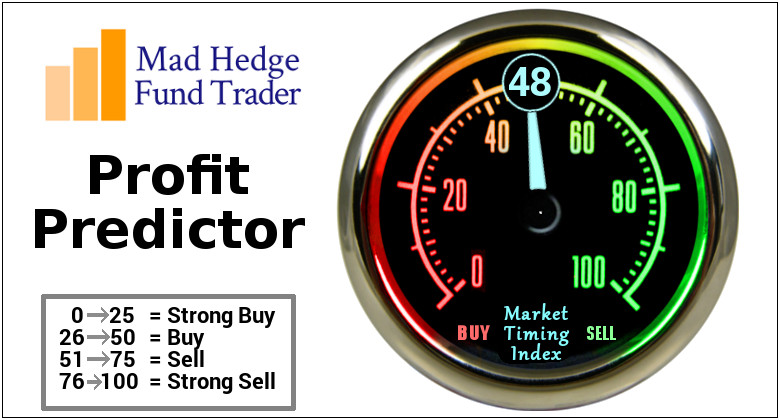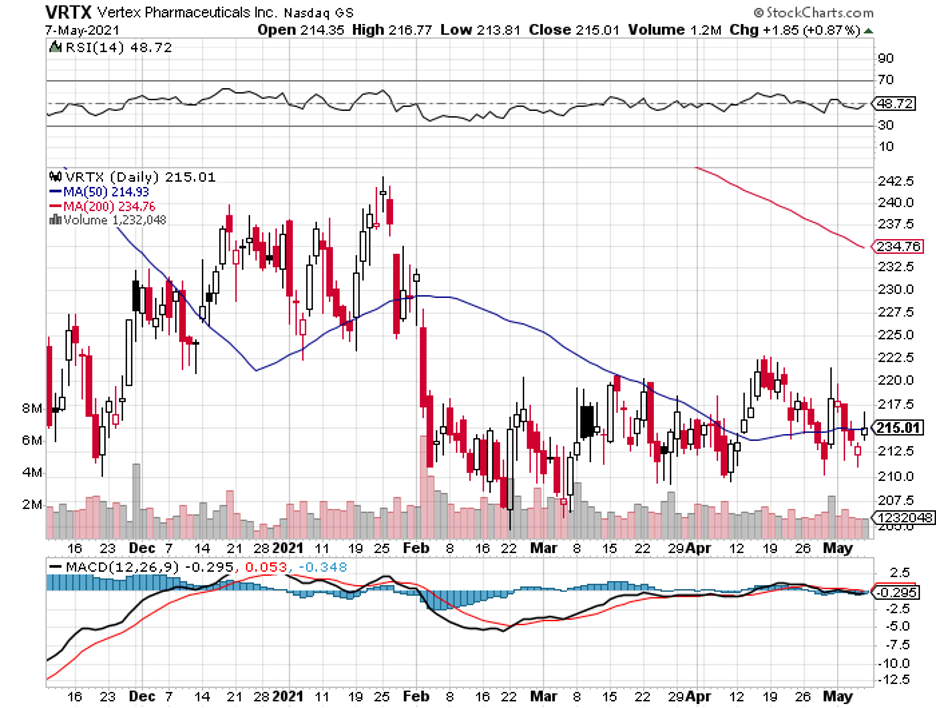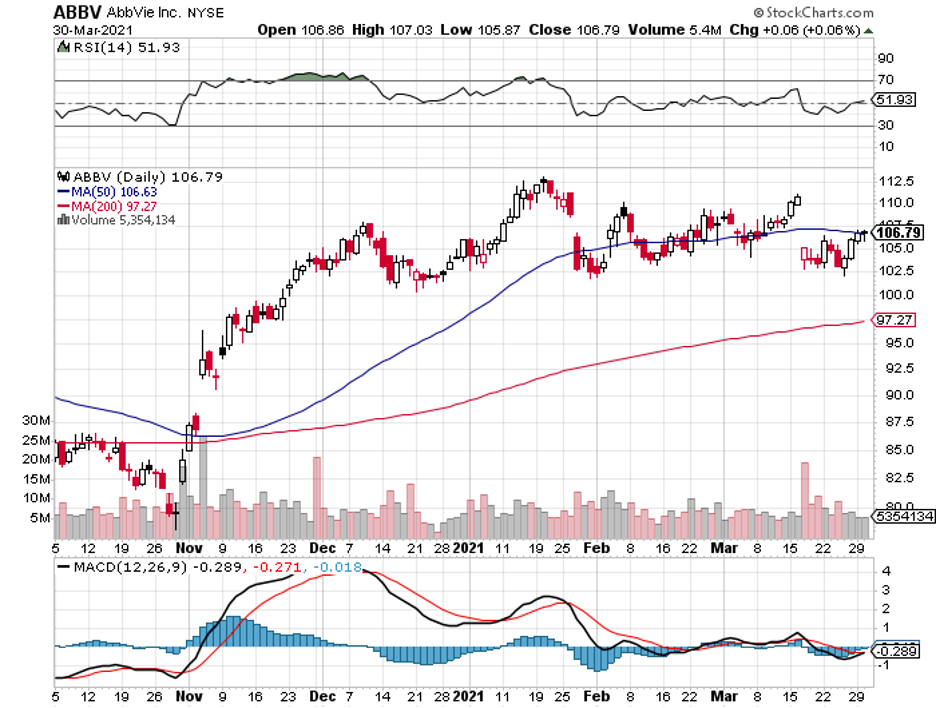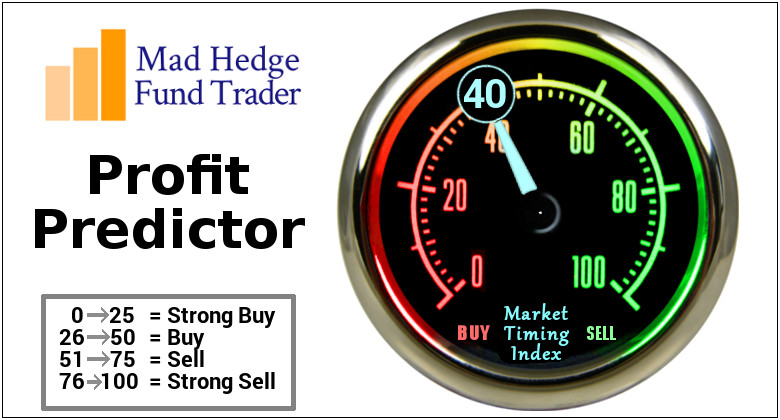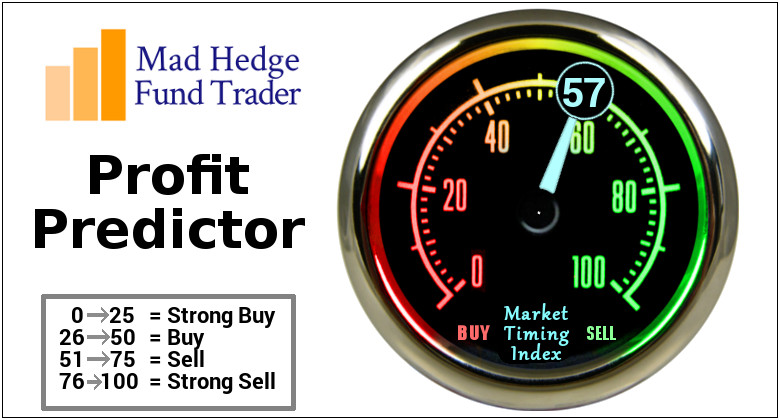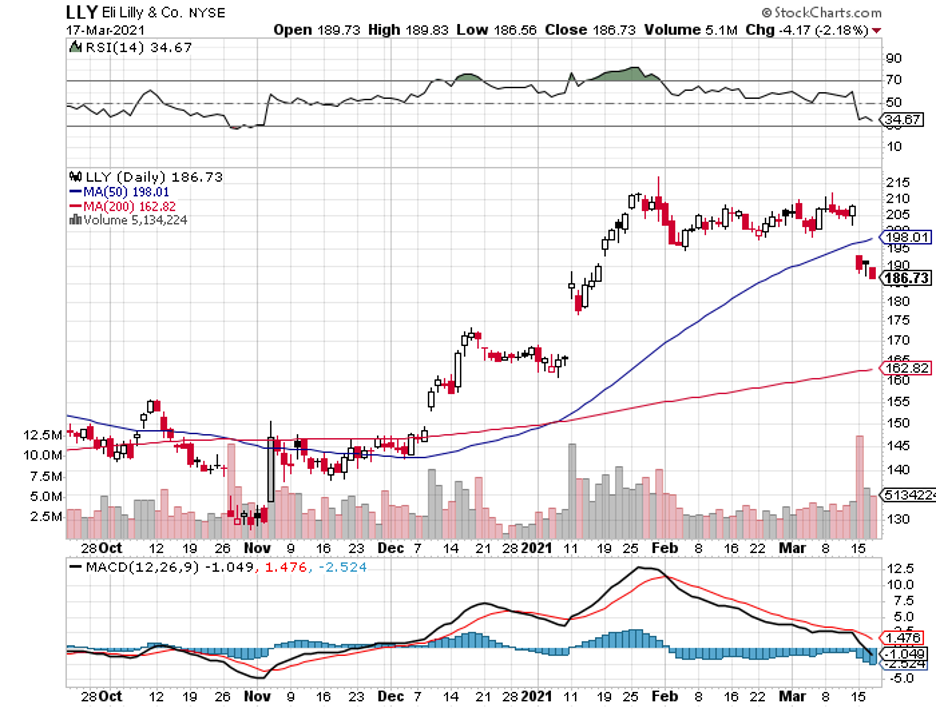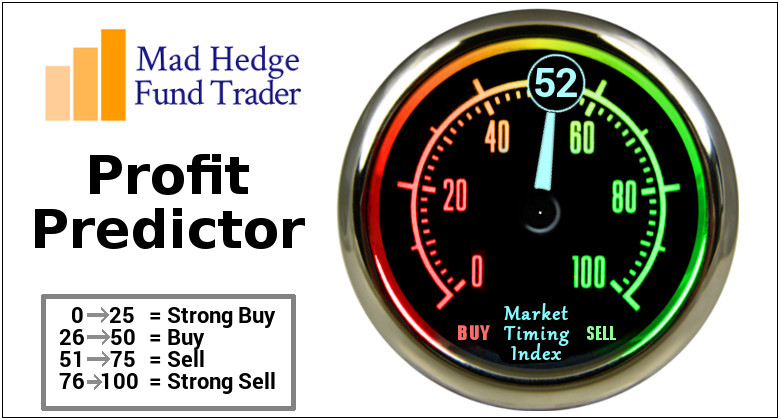AbbVie (ABBV) is the seventh biggest biopharmaceutical company worldwide in terms of revenue.
If you’re on the lookout for stocks that also offer juicy dividends, then this is a good company to add to your list alongside Dividend Aristocrats like Johnson & Johnson (JNJ) and Pfizer (PFE).
Since its split from Abbott Labs (ABT) back in 2013, AbbVie has increased its revenue by roughly 2.5 times.
In just a few years post-spin-off, its profits have grown from $18.8 billion to an impressive $46 billion in the last fiscal year.
A huge chunk of AbbVie’s growth is attributed to its blockbuster drug Humira, which is the number one selling drug in 2020 with a whopping $19.8 billion in net revenue.
That’s why it comes as no surprise that the drug’s impending loss of patent exclusivity in the US in 2023 is a major pain point for AbbVie investors.
However, it looks like AbbVie has positioned itself well into a future without Humira.
Although Humira does lead AbbVie’s immunology portfolio, the company’s other products in this lineup are also promising.
Up-and-coming drugs Skyrizi and Rinvoq both reported doubled annual sales from 2019 to 2020, with the two expected to bring in $15 billion by 2025.
Actually, Rinvoq is slated as the successor to Humira and is groomed as a “key growth driver” through 2026.
Putting money where its mouth is, AbbVie has performed notably in the first quarter of 2021 with a 50% increase from its 2020 net revenue to hit over $12.94 billion.
Its net profit also saw a double-digit bump of 18% to reach $3.55 billion.
Despite off-patent woes, Humira still enjoyed a 3.5% uptick in sales to rake in $4.9 billion for the quarter.
Meanwhile, AbbVie’s aesthetic product line showed off an impressive 35% jump during the period, adding over $1.1 billion to revenue.
Reflecting the good news this quarter, AbbVie boosted its profitability guidance for 2021.
From an adjusted per-share net profit in the range of $12.32 to $12.52, the company now estimates it to be somewhere between $12.37 and $12.57.
Diversification has also been explored, with AbbVie veering from immunology and venturing into other segments like oncology, eye care, neuroscience, and even aesthetics.
One way AbbVie has been filling the Humira revenue gap is via acquisitions.
In 2015, the company acquired Pharmacyclics. This deal added a blockbuster drug, Imbruvica, in AbbVie’s lineup.
In 2020, Imbruvica generated roughly $4.7 billion in sales.
With an estimated compound annual growth rate of 26.5%, Imbruvica is projected to reach approximately $31.8 billion in sales through 2025.
On top of that, AbbVie has filed a slew of patents to restrict generic competition against Imbruvica until at least 2035.
Another major acquisition is Allergan, which added roughly 120 new products under AbbVie’s banner following the deal’s completion in May 2020.
Collectively, these products brought in $16 billion in sales in 2019 for Allergan—a noteworthy performance that translated to AbbVie’s 2020 revenue, which grew from $33 billion in 2019 to $45.8 billion a year later.
Perhaps the most notable addition from the Allergan acquisition is Botox.
In 2019, this drug raked in roughly $2.7 billion in sales. Similar to Imbruvica’s potential, Botox also presents a powerful growth runway.
In fact, this Allergan blockbuster is estimated to generate more than $13.4 billion in revenue by 2026.
Apart from the additional 120 products it injected into AbbVie’s portfolio, Allergan also queued 60 more development programs, which could generate at least $2 billion in sales by 2023.
AbbVie is one of the more innovative and newer biopharmaceutical companies to take the biotechnology and healthcare market by storm. Given the company’s strong pipeline programs, it’s definitely poised for more robust growth.
Spun off from Abbott Labs in 2013, this company currently sits at a massive market capitalization of roughly $205 billion.
If its portfolio, pipeline programs, acquisitions, and recent first-quarter earnings reports can tell us anything, it’s that AbbVie still has a lot of room to grow. Hence, it’s good to buy the dip.


